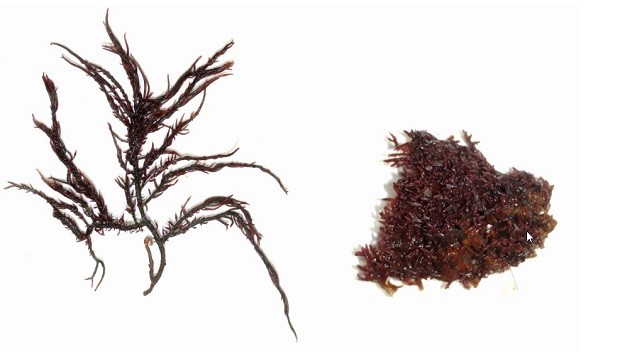
Marine botanists have discovered two new species of economically important red seaweed along the coasts of Tamil Nadu, Gujarat, and Daman and Diu. These species, Hypnea bullata and Hypnea indica, contain carrageenan, a biomolecule widely used in the food industry. Additionally, incorporating small amounts of these seaweeds in animal feed has been shown to significantly reduce methane emissions in cattle, a key contributor to global warming.
The discovery not only offers potential for commercial seaweed cultivation, benefiting coastal communities in India, but also highlights the species’ role in mitigating climate change. Hypnea bullata has a blister-like texture, while Hypnea indica features a spiral branching pattern. Both species contain calcareous deposits, which may make them vulnerable to ocean acidification—a phenomenon where excess atmospheric CO2 dissolves in seawater, increasing its acidity.
The new species are significant for marine ecosystems, providing shelter and breeding grounds for various organisms. Hypnea species are known for their antiviral, antibacterial, and other medicinal properties, though these need further validation, according to Vaibhab A. Mantri from the CSIR-Central Salt and Marine Chemicals Research Institute.
